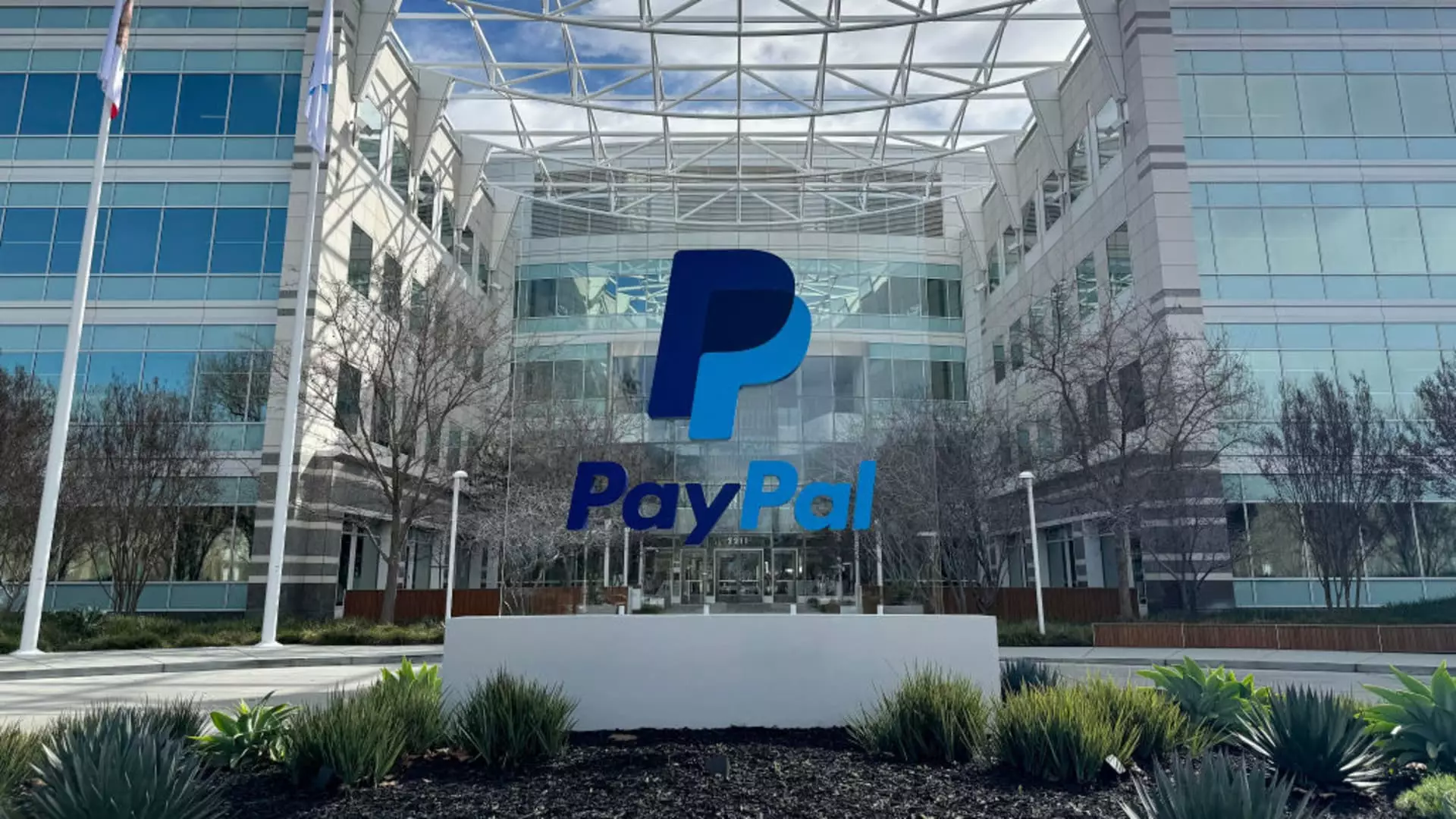In a significant move that could reshape the landscape of business payments, PayPal has introduced PayPal Open, a streamlined initiative spearheaded by Frank Keller, the executive vice president for the enterprise merchant group. This momentous launch follows a tumultuous period for the company, characterized by leadership changes and a series of strategic reassessments. The overarching goal of PayPal Open is not merely to consolidate various services under one umbrella but to redefine how businesses perceive and utilize payment solutions.
The dissolution of disjointed brands into the cohesive PayPal Open reflects the company’s recognition that it has been operating with a fragmented offering. Until now, solutions such as Braintree, Zettle, and Hyperwallet functioned independently, which may have left businesses feeling overwhelmed and confused about the suite of services available to them. Keller highlighted a pressing insight that sparked this initiative—customers were unaware of the potential benefits that sprawled across the various offerings. With PayPal Open, the intent is to create a singular identity that resonates with enterprises, helping them harness the full power of PayPal’s diverse services with less hassle and more efficiency.
Keller has immersed himself in this project for the past two years, aiming to position PayPal as a prominent player not just in consumer payments but within the business sphere as well. This ambition parallels successful models in the industry. For instance, Keller draws a comparison to Amazon Web Services, which successfully transitioned from a consumer focus to a powerful B2B entity. PayPal aims to replicate this success by utilizing its trusted brand to ease businesses into its comprehensive payment services.
The introduction of PayPal Open comes at a time when the digital payment ecosystem is witnessing unprecedented competition. Rivals such as Apple Pay, Google Pay, and Shopify’s Shop Pay are encroaching on PayPal’s territory, particularly among younger demographics that favor more modern, mobile-first solutions. With branded checkout accounting for nearly one-third of PayPal’s transaction volume, it is critical for the company to adapt its strategy and counter this encroachment effectively.
Under CEO Alex Chriss, who took the reins in September 2023, there is heightened pressure to reinvigorate the PayPal brand post a challenging phase. The company’s historic strength has waned as competitors lure away users seeking swift and user-friendly payment options. Regardless of these external pressures, PayPal Open is an attempt to pivot strategically, asserting its relevancy and credibility in a crowded marketplace.
PayPal Open does not merely focus on facilitating B2B payments; it seeks to integrate financial services and advanced business insights into a singular, unified system. Businesses and developers will enjoy frictionless access to features ranging from anti-fraud measures to flexible payment solutions like buy now, pay later. Furthermore, the potential for global transactions in 140 currencies means that PayPal is aptly catering to a diverse and international business clientele.
Despite this consolidation, one notable exception remains out of the PayPal Open umbrella: Venmo. With a user base of over 90 million in the United States, Venmo stands as a robust consumer-oriented platform that carries a distinct identity. Keller emphasized its unique market position in response to inquiries about its absence from the PayPal Open framework, indicating that it wouldn’t organically integrate into the B2B focus of the new brand.
The rollout of PayPal Open will take place in phases, starting this week with a comprehensive transition that will unfold into the following months. Keller assured businesses familiar with services like Braintree that the process would not necessitate the drastic change of ripping and replacing existing integrations. Instead, they will benefit from an expanded access pathway that integrates the broader array of offerings seamlessly.
PayPal Open represents a calculated response to shifting market dynamics and internal reflection on how to present its services more cohesively. As the company strives to reclaim its position as a leader in the business payment domain, it must not only convince users of its renewed value proposition but also showcase its adaptability in an ever-evolving financial landscape. By fostering an open platform that invites collaboration among businesses, developers, and partners, PayPal aims to transform itself into an indispensable tool for enterprise operations everywhere.


Leave a Reply